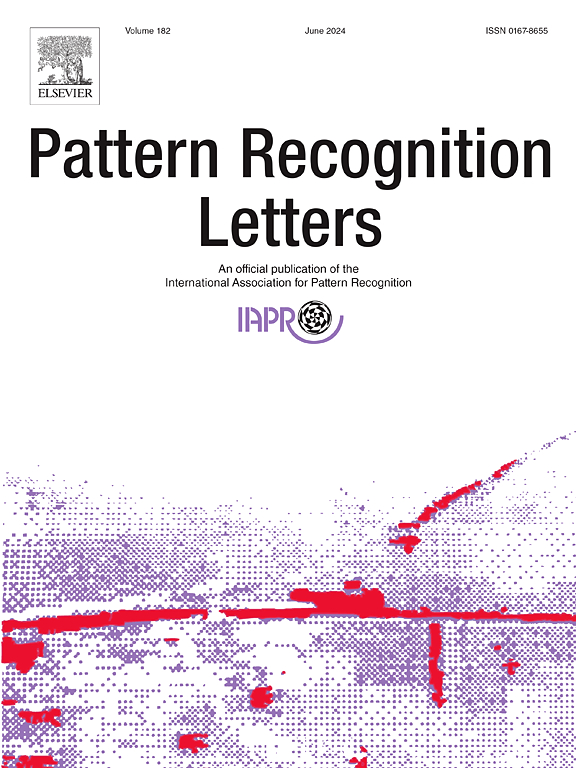Discrete diffusion models with Refined Language-Image Pre-trained representations for remote sensing image captioning
IF 3.9
3区 计算机科学
Q2 COMPUTER SCIENCE, ARTIFICIAL INTELLIGENCE
引用次数: 0
Abstract
RS image captioning (RSIC) utilizes natural language to provide a description of image content, assisting in the comprehension of object properties and relationships. Nonetheless, RS images are characterized by variations in object scales, distributions, and quantities, which make it challenging to obtain global semantic information and object connections. To enhance the accuracy of captions produced from RS images, this paper proposes a novel method referred to as Discrete Diffusion Models with Refined Language-Image Pre-trained representations (DDM-RLIP), leveraging an advanced discrete diffusion model (DDM) for nosing and denoising text tokens. DDM-RLIP is based on an advanced DDM-based method designed for natural pictures. The primary approach for refining image representations involves fine-tuning a CLIP image encoder on RS images, followed by adapting the transformer with an additional attention module to focus on crucial image regions and relevant words. Furthermore, experiments were conducted on three datasets, Sydney-Captions, UCM-Captions, and NWPU-Captions, and the results demonstrated the superior performance of the proposed method compared to conventional autoregressive models. On the NWPU-Captions dataset, the CIDEr score improved from 116.4 to 197.7, further validating the efficacy and potential of DDM-RLIP. The implementation codes for our approach DDM-RLIP are available at https://github.com/Leng-bingo/DDM-RLIP.
利用精炼语言-图像预训练表示的离散扩散模型为遥感图像添加标题
RS 图像标题(RSIC)利用自然语言对图像内容进行描述,有助于理解对象的属性和关系。然而,RS 图像的特点是物体的比例、分布和数量各不相同,这给获取全局语义信息和物体之间的联系带来了挑战。为了提高根据 RS 图像制作的字幕的准确性,本文提出了一种称为 "具有精炼语言图像预训练表示的离散扩散模型(DDM-RLIP)"的新方法,利用先进的离散扩散模型(DDM)对文本标记进行定点和去噪。DDM-RLIP 基于先进的 DDM 方法,专为自然图片而设计。完善图像表征的主要方法包括在 RS 图像上微调 CLIP 图像编码器,然后利用附加的注意力模块调整变换器,以聚焦于关键图像区域和相关单词。此外,我们还在 Sydney-Captions、UCM-Captions 和 NWPU-Captions 这三个数据集上进行了实验,结果表明与传统的自回归模型相比,所提出的方法具有更优越的性能。在 NWPU-Captions 数据集上,CIDEr 分数从 116.4 分提高到 197.7 分,进一步验证了 DDM-RLIP 的功效和潜力。我们的方法 DDM-RLIP 的实现代码见 https://github.com/Leng-bingo/DDM-RLIP。
本文章由计算机程序翻译,如有差异,请以英文原文为准。
求助全文
约1分钟内获得全文
求助全文
来源期刊

Pattern Recognition Letters
工程技术-计算机:人工智能
CiteScore
12.40
自引率
5.90%
发文量
287
审稿时长
9.1 months
期刊介绍:
Pattern Recognition Letters aims at rapid publication of concise articles of a broad interest in pattern recognition.
Subject areas include all the current fields of interest represented by the Technical Committees of the International Association of Pattern Recognition, and other developing themes involving learning and recognition.
 求助内容:
求助内容: 应助结果提醒方式:
应助结果提醒方式:


